Globalization of Education
The Academic E-learning Market is significantly influenced by the globalization of education, which facilitates cross-border learning opportunities. As educational institutions expand their reach beyond local boundaries, they are increasingly offering online courses that attract a diverse international student body. This trend not only enriches the learning experience but also fosters cultural exchange and collaboration among students from different backgrounds. The rise of MOOCs (Massive Open Online Courses) exemplifies this globalization, providing access to high-quality education from prestigious institutions worldwide. As a result, the market is projected to grow substantially, with an estimated increase in enrollment in online courses by over 30% in the coming years. This globalization trend serves as a vital driver for the Academic E-learning Market.
Increased Focus on Lifelong Learning
The Academic E-learning Market is witnessing a paradigm shift towards lifelong learning, as individuals increasingly recognize the necessity of continuous education in a rapidly changing job market. This trend is fueled by the demand for upskilling and reskilling, particularly in fields such as technology and healthcare. Educational institutions and corporate training programs are adapting their offerings to meet this demand, leading to a proliferation of online courses and certifications. Recent statistics indicate that nearly 70% of employees are willing to invest in their own education, further propelling the growth of the e-learning sector. This emphasis on lifelong learning is a crucial driver for the Academic E-learning Market, as it aligns with the evolving needs of both learners and employers.
Rising Acceptance of Online Credentials
The Academic E-learning Market is experiencing a shift in perceptions regarding online credentials, as employers increasingly recognize the value of skills acquired through e-learning platforms. This acceptance is driven by the growing emphasis on competency-based education, where the focus is on the skills and knowledge that learners possess rather than the traditional degree. Recent surveys indicate that over 60% of employers consider online certifications to be equivalent to traditional degrees, which is reshaping hiring practices across various industries. This trend not only enhances the credibility of online education but also encourages more individuals to pursue e-learning opportunities. Consequently, the rising acceptance of online credentials is a significant driver for growth within the Academic E-learning Market.
Growing Demand for Flexible Learning Solutions
The Academic E-learning Market is experiencing a notable surge in demand for flexible learning solutions. This trend is largely driven by the increasing need for educational institutions to offer courses that accommodate diverse learning styles and schedules. As students seek more control over their educational journeys, the market has seen a rise in asynchronous learning options, allowing learners to engage with materials at their own pace. According to recent data, the e-learning sector is projected to reach a valuation of approximately 375 billion USD by 2026, indicating a robust growth trajectory. This flexibility not only enhances student satisfaction but also broadens access to education, making it a pivotal driver in the Academic E-learning Market.
Technological Advancements in E-learning Platforms
Technological advancements are significantly shaping the Academic E-learning Market. The integration of artificial intelligence, machine learning, and data analytics into e-learning platforms is enhancing the learning experience by providing personalized content and adaptive learning paths. These technologies enable educators to track student progress in real-time, allowing for timely interventions and support. Furthermore, the rise of mobile learning applications has made educational resources more accessible, catering to the needs of a tech-savvy generation. As a result, the market is expected to witness a compound annual growth rate of around 20% over the next few years, underscoring the importance of technology in driving growth within the Academic E-learning Market.
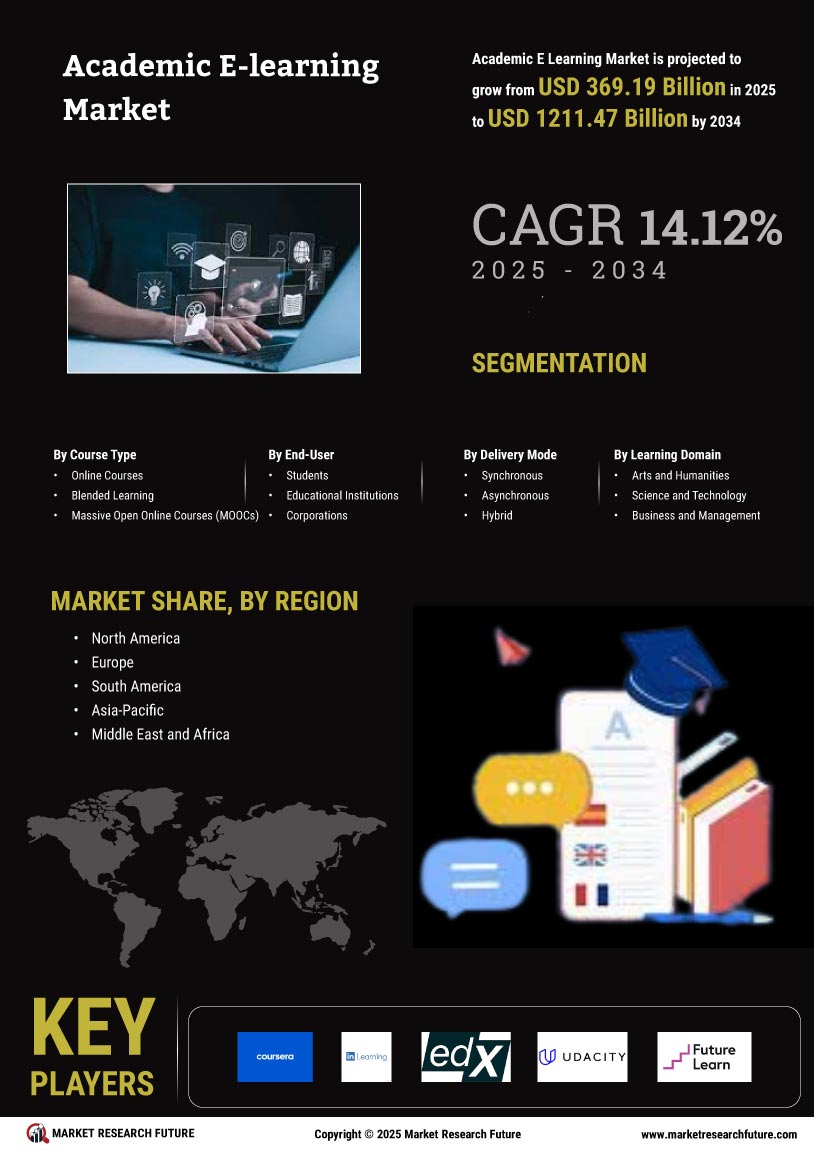

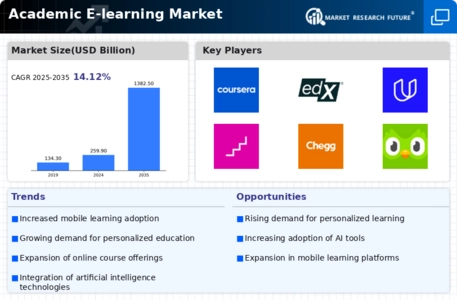
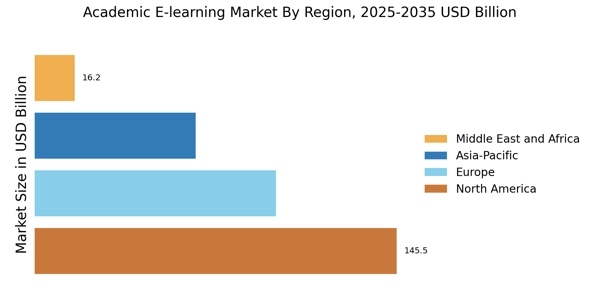


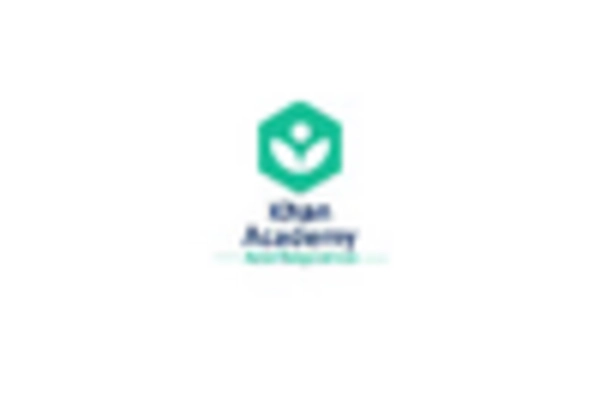
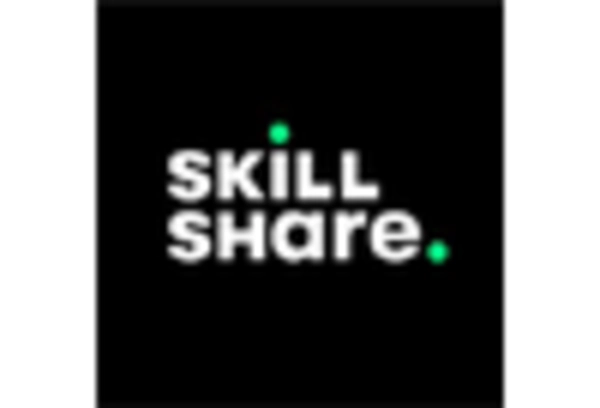

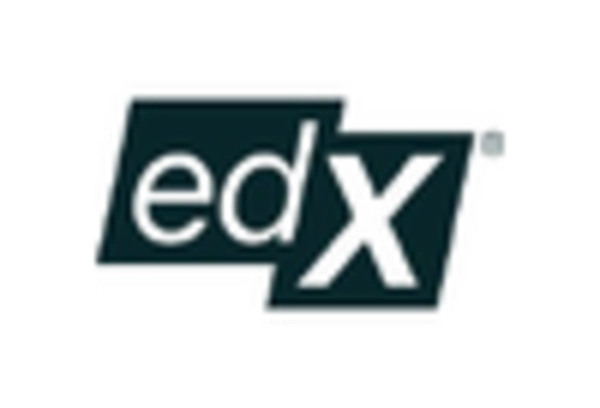








Leave a Comment